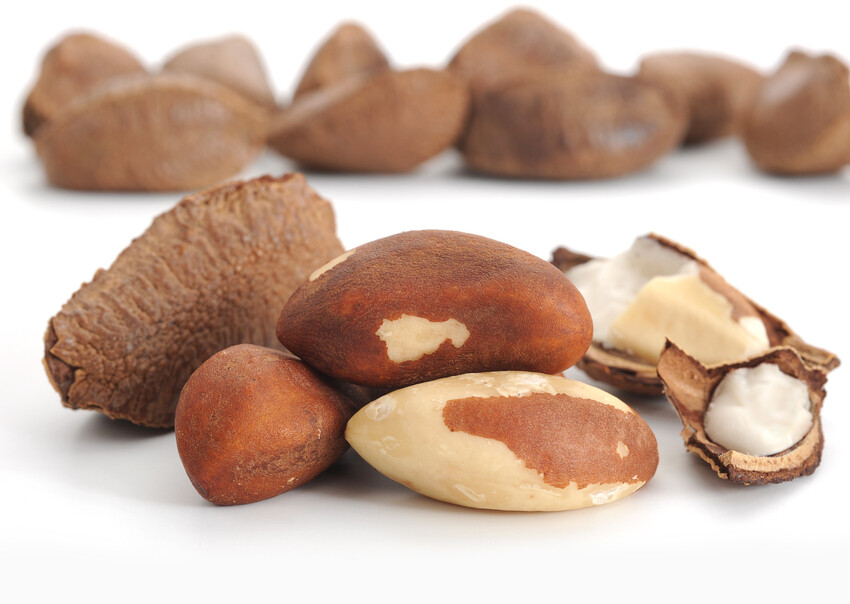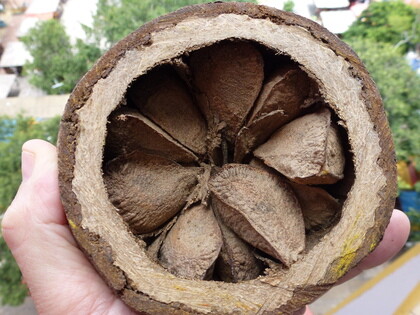


Brazil Nuts
Brazil nut trees grow up to 50 metres in height and the nuts mature approximately 14 months after pollination. Brazils are therefore not commercially grown in the way other tree nuts are.
The trees grow in the South American rainforest, and are a wholly foraged crop, which is why global yields are so low and inconsistent in size. In 2016, the El Niño effect meant that there were no December rains. This reduced the 2017 crop significantly, to just 8,000 tonnes in total (the average is 30,000 tonnes).
A South Korean TV program aired in 2017, hailing Brazil Nuts as a ‘supernut’, with significant health-giving benefits. This publicity meant that Brazil nut imports into South Korea went from zero to 30% of the global crop, reducing availability for the more established markets. As a consequence, manufacturers in the UK are moving away from Brazils in their products, and the price has increased significantly.
If the Chinese market jumps on the same ‘supernut’ bandwagon as the South Koreans, we expect availability of Brazil nuts to dry up completely.
Formats
- Whole Natural
- Pieces
Other points to note
Bolivan producers, who have the highest QC standards and are therefore the preferred country of supply, are resisting automation in the production of Brazil pieces. Hand-cut pieces are therefore disproportionally high in price.
Countries of Origin
- Bolivia
- Brazil (although becoming less significant as their QC standards are not as high as Bolivia)
- Peru
- Columbia
Harvested
January and February
Varieties
As these are foraged from the natural environment, classification of the different varieties is difficult, and they are generally graded by size.
Macronutrients
- Source of fibre
- Low in salt
Vitamins & Minerals
- High in Selenium
- High in Potassium, Copper, Phosphorus, Magnesium, Manganese and Zinc.
- Source of calcium and iron
